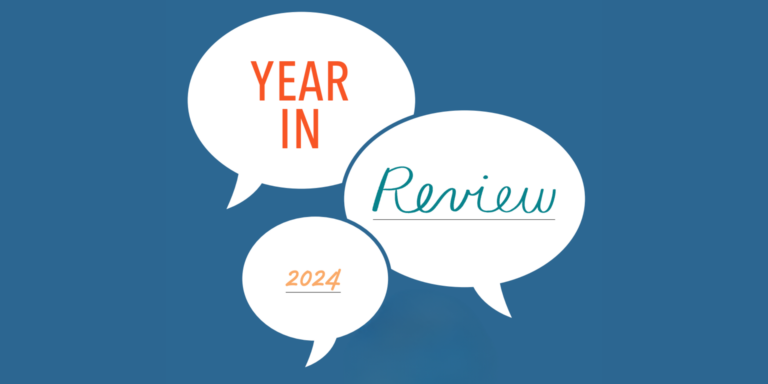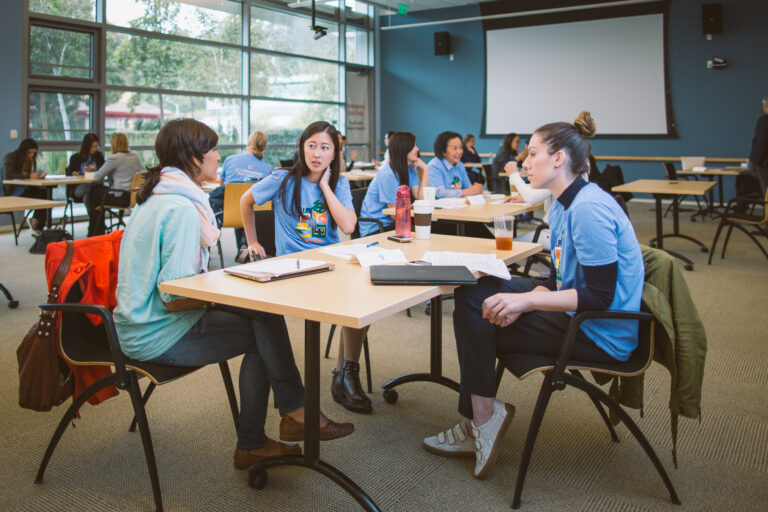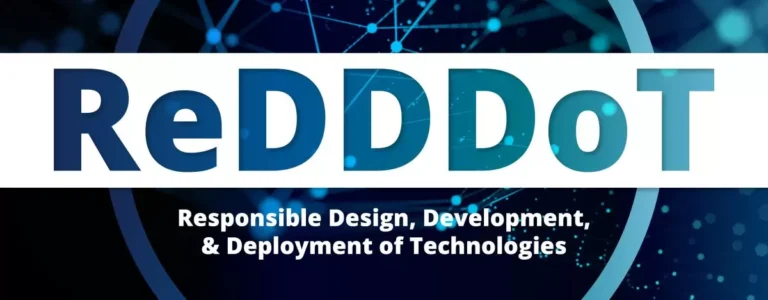Siegel’s Executive Director Katy Knight recently moderated a panel on the future of work in rural America at Jobs for the Future’s Horizons conference. Panelists included Matt Dunne, Founder and Executive Director of the Center on Rural Innovation (CORI), Joshua Frazier-Sparks, Senior Manager at Walmart.org, and Neela Mollgaard, Executive Director of Launch Minnesota. The group discussed opportunities for leadership and innovation in workforce and economic development outside of metropolitan areas.
Understanding context is a crucial part of our strategy at Siegel, and it’s a goal of ours to enhance the ability of all grantmakers to better understand a wide range of different scenarios in which field-leading work gets done. We’re especially eager to create a more thorough understanding of the dynamics surrounding “rural,” and we firmly believe that the stronger our understanding of rural contexts is, the better equipped we’ll be as grantmakers and thought partners to meet the needs of rural communities. We compiled some highlights from the conversation at Horizons below, and hope that these takeaways will help expand the popular understanding of rural communities, and the dynamics, opportunities, and challenges within them.
Popular misconceptions about rural communities obscure a lot of opportunity
Matt Dunne of the Center on Rural Innovation addressed some common misconceptions about rural America, including the following:
- No one in rural America has broadband: 63% of rural Americans have home access to broadband internet
- Rural America is entirely white: Almost 20% of rural residents are people of color – and 99% of rural counties in the West have seen minority population growth in the last 35 years
- All rural economies are based primarily on agriculture: Agriculture actually ranks 6th out of 7 sectors for jobs provided in rural America
Not only are these claims demonstrably false, but they contribute to the biggest misconception of all: that there’s one monolithic “rural experience” in America. All of the panelists agreed that rural America tells a much more multifaceted story, and spoke to the importance of supporting local leaders, rural change agents, and small town innovators in order to build resilient 21st century economies in all parts of America.
There’s untapped potential for innovation in rural communities
Another common misconception among residents of rural communities is that opportunity, digital economy jobs, and aspirational careers only exist in metropolitan areas, and that one needs to leave rural America in order to succeed. But resources like CORI’s opportunity mapping tools have done a lot to expose just how resource-rich rural America really is, and how those assets can be deployed in rural contexts to create resilient, digital economy jobs.
“Rural communities are a microcosm of the real world,” said Neela Mollgaard, Executive Director of Launch Minnesota, which works to accelerate startups and innovation across the state. The comparatively smaller scale of rural innovation economies can actually improve an entrepreneur’s changes for success. For instance, entrepreneurs can often get to market faster in rural communities than in a more crowded metropolitan region, where they’d be competing for many of the same resources and consumers.
There’s no one-size-fits-all description of an “innovative community”
Joshua Frazier-Sparks of Walmart.org pointed out that rural America’s economic history has been largely extractive, and that metropolitan regions have typically benefited from a system that pulls resources from rural places without offering sustainable opportunities for long term economic growth. Innovation hubs, like those pioneered by CORI, present an opportunity to push back on that legacy by creating opportunities for success in communities where there are already lots of talented people, many of whom want to stay in their communities.
Shifting the narrative here isn’t about trying to empty out cities, or shifting focus away from traditional centers of innovation altogether – rather, it’s about creating equilibrium across many different types of communities, and making sure that opportunity is distributed more equitably across a diversity of regions.
Using an asset-based lens can reveal hidden opportunities
The conversation around rural tends to skew towards deficits, and rarely focuses on the assets that already exist within rural communities. In order to illustrate this dynamic, and to offer a way of pushing back against it, Matt Dunne cited Pikeville, KY, a town whose economy was previously centered entirely on mining. As that industry faded, the dominant narrative was centered around economic decline, but CORI chose to see this shift in economic forces as an opportunity to re-deploy the considerable skillsets of the local workforce in service of creating a more equitable, innovative, and resilient local economy through participation in the most recent cohort of CORI’s Rural Innovation Initiative. CORI’s innovation hub model leverages existing skillsets within a community, and will help Pikeville’s coal-workers in mid-career transition get trained in “digital skills, employ them in new economy jobs, and empower them to launch the startups that will drive their digital economies.”
There are different metrics for measuring success in rural and metropolitan communities
Funders and foundations often measure success by scale, volume, or number of people served, but in rural communities where the population is less dense and it’s more difficult to achieve economies of scale, it’s harder to measure success along the same lines. Instead of trying to understand impact through traditional, scale-based metrics, panelists recommended that funders use more contact-intensive measures, like what Neela Mollgaard described as “return on involvement,” and focus more on building trust through high-engagement practices in order to advance good work.





